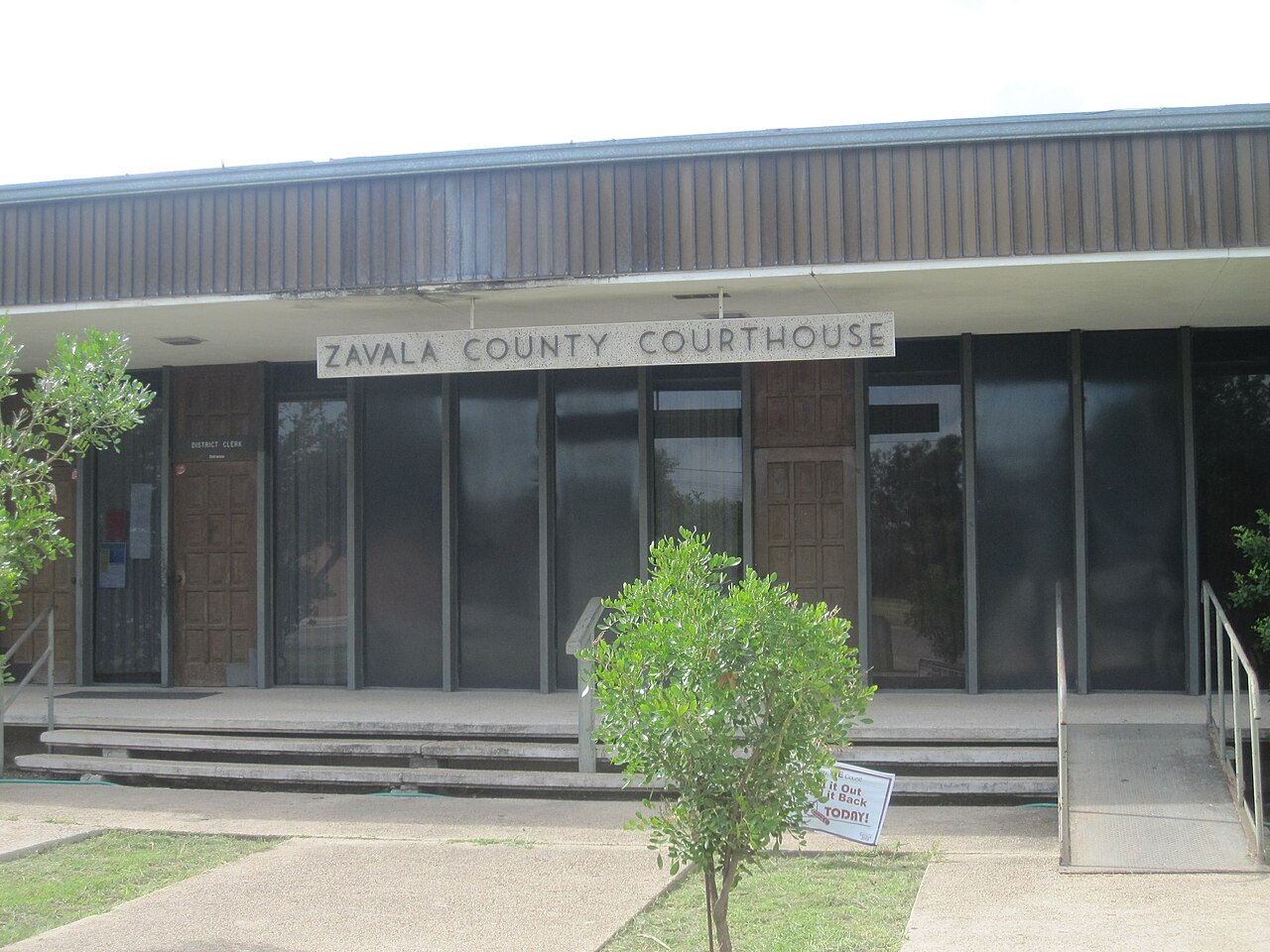Texas Writs of Garnishment to Collect Judgment Liens from Hood County, Texas
Are you having trouble collecting a judgment in Hood County, Texas? Busby & Associates is here to help. Our experienced attorneys are skilled in defending, collecting, and enforcing judgments, with a focus on garnishment of bank accounts and financial institutions. We also provide legal support for consumer bankruptcy, family law, and divorce matters, and we can assist both obligors and obligees with child support lien collections and defense, and domestication of foreign child support liens. Contact us today to schedule a consultation and learn how we can help you collect what you are owed.
Texas Judgment liens in Hood County
When a judgment lien is properly fixed, it becomes a lien on all of the judgment debtor’s nonexempt real property in Hood County. Creating a judgment lien requires the accurate recording and indexing of an abstract of judgment in each county where the lien is sought to be fixed. The lien remains valid for ten years from the date of recordation and indexing unless the judgment becomes dormant. To fix a judgment lien, the underlying judgment must be final, not interlocutory. If the judgment is appealed or a supersedeas bond has been filed, an abstract can still be filed on a final judgment. If a judgment creditor has taken the necessary steps to obtain a lien before the judgment is appealed, the appeal will not invalidate the lien in case of affirmance. These rules apply to Texas state trial court judgments, and for the enforcement of other states and foreign judgments, you must first domesticate them in Texas to create a lien and then file an abstract.
Texas Abstract of Judgment
In Texas, it is essential to follow the state’s guidelines when abstracting a judgment. Usually, the abstract of judgment can be prepared by the judge, justice of the peace, clerk of the court, judgment creditor, agent, attorney, or assignee for judgments rendered in most courts, excluding small claims and justice courts where the judgment creditor cannot prepare their own abstract. Remember that abstracts of federal court judgments require certification from the clerk of the court. To abstract your judgment lien in Hood County, Texas, you can go to the County Clerk’s office at 201 W Bridge St, Granbury, Texas 76048.
Contents
For an abstract of judgment to be valid in Texas, it must include specific details such as the names of the plaintiff and defendant, the defendant’s birthdate (if available to the clerk of justice), the last three digits of their driver’s license and social security numbers (if available), the suit number, and the defendant’s address or the nature of citation and the date and place of service of citation. Additionally, the document must show the date the judgment was rendered, the amount for which it was rendered, any balance due, including child support arrearages, and the interest rate specified in the judgment. The abstract must also include the mailing address of each plaintiff or judgment creditor and must be verified by the creditor’s attorney.
Recordation of Judgment Liens Abstract
To properly execute the judgment, the abstract of judgment must be recorded in Hood County, where the debtor holds real property. The abstract is submitted to the county clerk, who documents it in the real property records and notes the date and time of recording. Additionally, the clerk must list the names of the plaintiff and defendant in the judgment and the page number where the abstract is located in the alphabetical index to the real property records.
Abstracts of Domesticated Judgment Liens.
The Uniform Enforcement of Foreign Judgments Act and the Uniform Foreign-Country Money Judgments Recognition Act ensure that foreign judgments filed under these Acts have the same enforceability as judgments filed in the originating court. To domesticate a foreign judgment in Texas, the foreign judgment holder must satisfy the lien requirements.
Property To Which Lien Attaches Non-Exempt Real Property
The judgment lien applies to all nonexempt real property owned by the defendant and recorded in Hood County, where it is enforceable.
Keeping the Judgment and Judgment Lien Alive
1. Non-governmental Judgments
A judgment lien is active for ten years following the date of recording and indexing the abstract, after which it expires unless the judgment remains active. To keep the lien alive, one must keep the judgment active and record a new abstract of judgment. If a writ of execution is not issued within ten years after the judgment is rendered, it becomes dormant, and the lien ends. However, the judgment can be revived through scire facias or an action of debt brought within two years of dormancy.
2. State or State Agency Judgments.
Judgments issued by the state or a state agency remain enforceable and do not become dormant. A properly filed abstract of judgment can create a lien that lasts for 20 years from the filing date, and the lien’s duration can be renewed for an additional 20 years by filing a renewed abstract of judgment.
3. Political Subdivisions.
Political subdivisions’ judgments can become inactive under dormancy statutes, but the revival statute, Civ. Prac. & Rem. Code § 31.006, allows political subdivisions to revive the judgment at any time. Thus, the political subdivision is not precluded by the statute of limitations and can revive the judgment even beyond the two-year dormancy period.
4. Child Support Judgments.
Subsection (c) of § 34.001 of the Civ. Prac. & Rem. Code carves out an exception for judgments related to child support from the dormancy statute, covering all such judgments regardless of their date of rendering.
Property Subject to and Exempt from Execution.
1. Property Subject to Execution.
The execution has the power to seize the judgment debtor’s assets, unless they are protected by the constitution, statute, or any other legal rule. Usually, the following types of property are not protected: a. Cash in hand or in checking or savings accounts; b. Pleasure boats, motors, and trailers; c. Collections like stamps, coins, etc.; d. Investments like stocks, bonds, or notes; e. f. Airplanes. Corporations do not have any exempt property.
2. Property Exempt from Execution.
Assets belonging to the following categories are exempt from execution, whether for an individual or a family: a) The homestead b) Personal property of various types stated by statute, up to a maximum fair market value of $100,000.00 for a family or $50,000.00 for an individual who is not a member of a family. c) Current wages for personal service (except for payment of child support) and unpaid commissions for personal services, not exceeding twenty-five percent (25%) of the $50/$100,000 aggregate limits. d) Health aids that are professionally prescribed. e) Worker’s compensation payments. f) Cemetery lots held for sepulcher purposes. g) Property that the judgment debtor has sold, mortgaged, or transferred in trust if the purchaser, mortgagee, or trustee identifies other assets of the debtor sufficient to satisfy the execution. h) Assets in the hands of the trustee of a spendthrift trust for the benefit of the judgment debtor. i) Certain insurance benefits. j) Specific savings plans such as retirement benefits and health savings plans. k) College savings plans. l) Certain artwork that has been consigned.
WRITS OF GARNISHMENT.
The post-judgment garnishment process allows a judgment creditor to investigate the relationship between a third party and the judgment debtor to determine if any outstanding debts or property are owed. If any debts are found, the creditor (garnishor) can obtain a garnishment judgment, compelling the third party (garnishee) to pay funds to the garnishor instead of the debtor.
Requirements to Issue
For garnishment to be utilized after a judgment, specific conditions must be met. Firstly, the creditor must hold a valid and subsisting judgment against the debtor, with the judgment being considered final and subsisting from the date of rendition. Secondly, the debtor must not have filed an approved supersedeas bond to prevent execution on the judgment. Finally, the creditor must assert that, to their knowledge, the judgment debtor does not possess enough property subject to execution in Texas to fulfill the judgment.
Procedure for Securing Issuance Jurisdiction and parties
It is crucial to understand that a post-judgment garnishment action is a separate legal suit from the main case it intends to enforce. As an ancillary lawsuit, the third-party garnishee should be named as the defendant. It should be submitted in the same court that rendered the judgment to be collected, but with a different cause number.
Service of the writ of garnishment/notice to judgment debtor.
The garnishment process begins with the service of the writ of garnishment on the garnishee, and the judgment defendant is not required to participate. However, the defendant must receive a copy of the writ, application, affidavits, and court orders as soon as practical after the garnishee has been served. The copy of the writ served on the defendant must contain the contents of the writ in bold 12-point typeface and in a manner that is easily comprehensible for a reasonably attentive person. Failing to give the judgment debtor property notice renders any judgment, except one that dissolves the writ, null and void.
Banks as Garnishees for Writs of Garnishment
For the proper delivery of garnishment writs to garnishee banks, the address specified as the registered agent of the financial institution in its registration statement under Section 201.102 or 201.103 of the Finance Code must be used. Out-of-state financial institutions must file an application for registration with the Secretary of State and comply with the state’s foreign corporation laws, including the designation of an agent for process under Section 201.102. In contrast, Texas financial institutions may appoint an agent for process by submitting a statement to the Secretary of State under Section 201.103.
Officer’s Return.
As per Tex. R. Civ. P. 663, the officer responsible for executing a writ of garnishment must produce a return that satisfies the citation requirements. The judgment creditor should carefully review the return before pursuing a garnishment judgment, especially in cases of default judgment. Returns in garnishment proceedings must adhere to the same regulations as citations in general. Courts have rejected returns that fail to specify the method and place of service on a corporate garnishee.
Forms for the form and Practical Procedure
If you locate a bank account or other debt owed by the judgment debtor that can be garnished and it is cost-effective to do so, file an Application for Garnishment with a supporting affidavit signed by the judgment creditor’s attorney. The affidavit must include essential information, such as the original suit and judgment details, the garnishee’s name, officers for service, service address, and any available account names and numbers.
Need assistance collecting a judgment in Texas? Busby and Associates offers contingency-based services to help you recover the amount owed without any upfront fees. For judgments from other states with the debtor in Texas, they evaluate each case individually and may require a retainer. In Hood County, they can help you garnish a bank account or financial institution to recover the amount owed.














